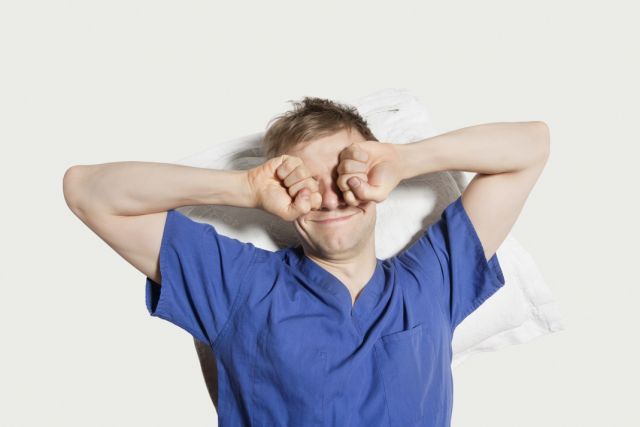How to get the best nap of your life
When we’re young, naps are an essential part of our lives. As we grow older, it’s almost frowned upon in our workaholic, North American culture. We see people who nap as lazy instead of ambitious. We perceive of it as missed time instead of a chance to rejuvenate to do better work afterwards.
The history of napping
Most animals sleep in different phases throughout a 24 hour period. Although humans have slept in different patterns throughout the ages, for the most part we now sleep monophasically – in one big chunk of our day. The simple reason for our current sleep patterns is that most modern jobs don’t allow us to nap.
But the daytime snooze is still hardwired into our biology. Studies show that when people are put into an environment that lacks any indication of time, they naturally fall into the biphasic (one large rest with a smaller subsequent rest) sleep pattern.
A good night’s sleep is still essential to our overall health, but a short nap during the day can do a lot to benefit our health and our lives – much better than a cup of coffee or an energy drink.
The benefits of napping
Studies show that napping offers many long and short term health benefits. These are just a few:
- Increases alertness – A study by NASA found that a 40 min nap increased alertness by 100% for study participants.
- Heightens creativity – Neuroscientists at City University of New York found that napping boosts sophisticated memory, which helps us see big picture ideas and be more creative.
- Improves health – A study of Greek adults found that napping at least three times a week for 30 minutes or more was associated with a 37% lower risk of death from heart disease.
- Boosts memory – During sleep, recent memories are transferred to the neocortex, where long term memories are solidified and stored
- More effective than caffeine – When researchers compared the effectiveness of getting more sleep at night to drinking a cup of coffee or taking a nap, the nap was the clear winner. Naps help to genuinely refresh your body and the impact can be much more long-lasting than that of caffeinated drinks.
How long to nap
The amount of time you spend napping impacts the benefits you receive from it. Nap too long and it may be counterproductive to what you’re trying to accomplish.

- Power nap (10 – 30 min) – A power nap is ideal for a quick boost of energy and alertness without the groggy “hangover” effect that often accompanies deeper sleep.
- Afternoon siesta (60 min) – While you’ll have some grogginess after waking up, this amount of sleep allows you to enjoy slow wave sleep. This type of sleep is best for improving memory (facts, faces, names).
- Deep, healing nap (90 min) – This is a full cycle of sleep, which leads to better procedural and emotional memory and creativity. Because you’re getting a full cycle of sleep, you’ll typically avoid the grogginess upon waking as well.
Your guide to better napping
The key to benefit from naps is the hidden healing that goes on while we sleep – we just have to make the time so they can happen. It’s easy to get caught up in our daily routines and think that taking a nap will take away from the work that we need to do. Numerous studies have proven the exact opposite. A short 10 – 30 min nap can boost productivity and alertness, which can make your afternoon just as productive as your morning.
Whether you lay your head down on your desk or sneak out to your car on your lunch break, taking the time to get some shut eye can have a profound impact on your life.
Here’s a short and informative video that gives more insight into nap times and their benefits.


